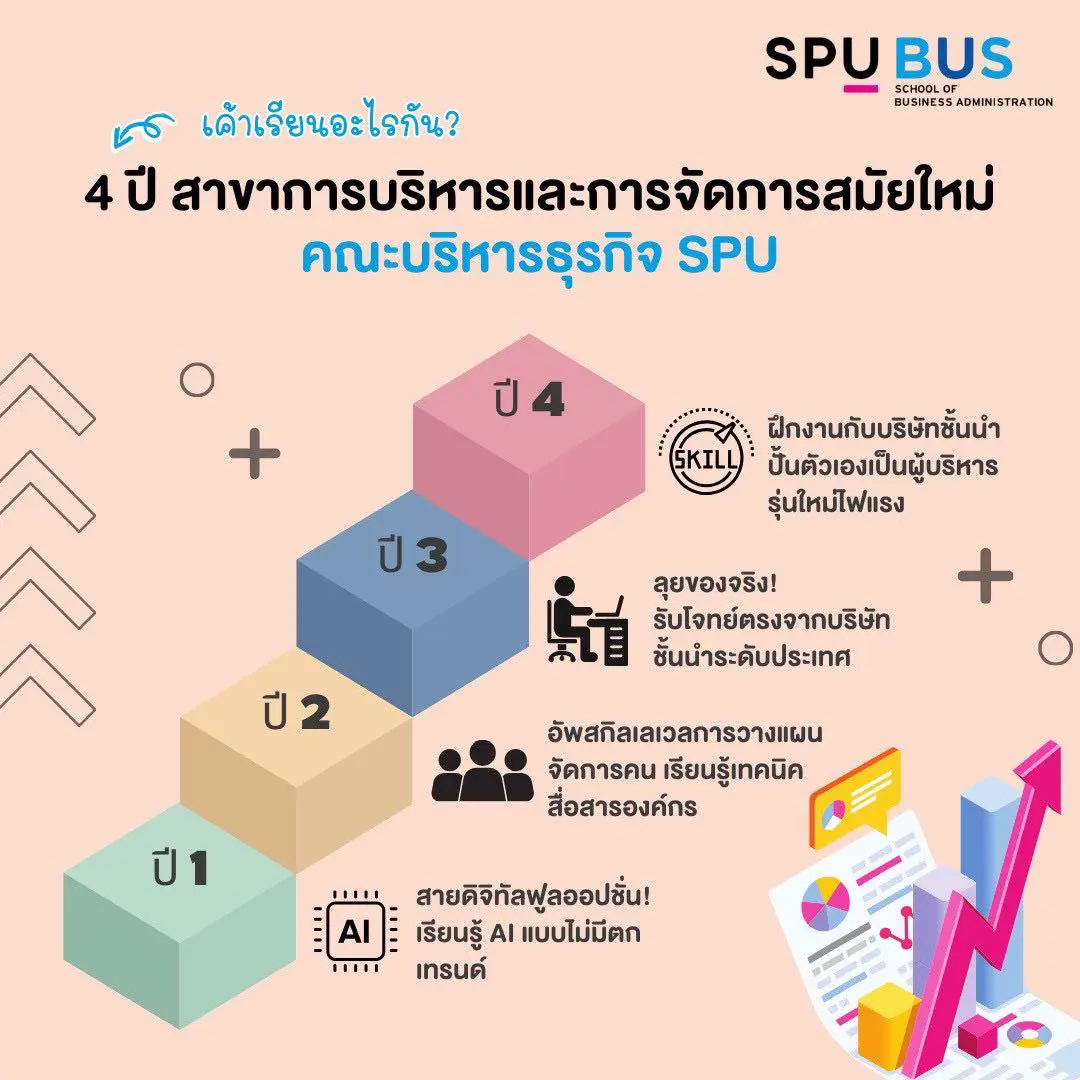Teacher Suthinee Mongkol
Head of the International Trade Department, Faculty of Business Administration, Sripatum University
At present, China’s economy is growing rapidly, Chinese people’s income is rising, and living facilities are being developed, so the average life expectancy of Chinese people is increasing. The National Bureau of Statistics of China revealed that China has entered an aging society, with about 220 million people aged 60 and above, or about 20 percent of the total population. It is estimated that by 2050, the elderly population will reach 30 percent, resulting in an increase in demand for products for the elderly in China, with an expected value of up to 800 billion yuan.
In addition to the increasing purchasing power of the elderly Chinese, the types of products they want have also changed, and the elderly Chinese are paying more attention to the quality of products due to the adoption of Western culture.
Product categories with high potential in the Chinese elderly market are as follows:
– Clothing such as clothes and socks, etc.
– Health products: Nowadays, the elderly pay great attention to their health, such as tea leaves, anti-diabetic food products, and various nuts.
– Products that facilitate living, such as electric cars for the elderly, wheelchairs, canes, hearing aids, eyeglasses, etc.
– Health equipment such as electric massage chairs, foot massage basins, exercise beds for the elderly, and medical equipment, etc.
– Home appliances/digital products and conveniences such as telephones, mobile phones, cameras, computers, TV remotes, etc.
– Other products such as knowledge books on diseases in the elderly, bedding, furniture products, and gifts showing concern, etc.
A survey found that currently, the elderly who need essential products for living account for 78.91 percent of the total elderly population in China, 27.54 percent need equipment and facilities and travel, 27.44 percent need food products, and 8.72 percent need clothing. However, manufacturers in China do not pay much attention to the elderly market, so the products for the elderly are not diverse and cannot meet the needs of the elderly. A survey found that currently, products for the elderly produced in China account for less than 10 percent of the demand, and there are problems with quality and safety. In addition, the industry producing products for this group of people is still under development, causing Chinese consumers to turn to consuming more imported products. Therefore, this is an opportunity for Thai entrepreneurs to penetrate the Chinese elderly market.
For SMEs that are not yet able to export, they should develop their products and seek opportunities from the large number of Chinese tourists who travel to Thailand. In 2016, there were more than 8 million of them, many of whom were elderly. According to Intercontinental Hotel Group, it is expected that the income for Thailand will be 829,500 million baht in 2023, an increase from 2015, when the income from tourism for Thailand was 371,000 million baht.
Source: http://www.bangkokbiznews.com/blog/detail/641645
Office of International Trade Promotion in Chengdu
















